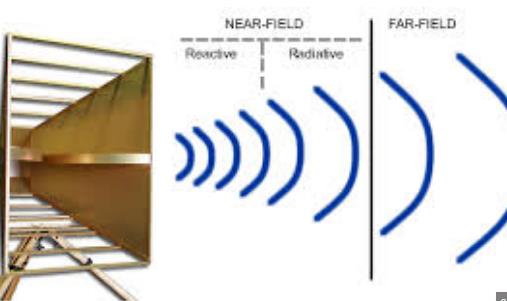What Are the Features of a WR284 Waveguide?
The WR284 waveguide is a standardized component in microwave engineering, crucial for efficient transmission of radio frequencies primarily in the 2.6 GHz to 3.95 GHz range. Known for its precise dimensions and reliable performance, the WR284 has become a staple in various high-frequency applications, from radar systems to satellite communications and scientific research. This article explores the essential features and advantages of the WR284 waveguide, highlighting its technical specifications and versatility in advanced communications infrastructure.

Standardized Dimensions
The WR284 waveguide features specific standardized dimensions that are critical for its function. The designation "WR284" indicates the width and height dimensions of the waveguide:
- Width: 2.84 inches
- Height: 1.34 inches
These dimensions ensure that the waveguide operates efficiently within its designated frequency range, minimizing signal loss and maintaining integrity throughout the transmission path.
Frequency Range and Performance
The WR284 waveguide is designed to operate effectively over a frequency range of 2.6 GHz to 3.95 GHz. This range covers part of the S-band, widely used in radar and communication technologies due to its balance between range and resolution, making the WR284 an ideal choice for these applications.
Key Performance Features:
- Low Attenuation: Ensures minimal signal loss during transmission, which is vital for maintaining signal strength over longer distances.
- High Power Handling: Capable of supporting high power outputs, essential for radar systems and broadcasting applications.
Material and Construction
WR284 waveguides are typically constructed from high-conductivity metals such as copper or aluminum. These materials are chosen for their excellent electrical properties, which help to reduce power losses and enhance the overall efficiency of the waveguide system.
- Durability: The robust construction protects against physical damage and environmental factors, ensuring long-term reliability and performance.
- Corrosion Resistance: Surface treatments and materials are selected to resist corrosion, which is crucial for outdoor or marine environments.
Applications Across Various Industries
Radar Systems
In radar systems, the WR284 waveguide is frequently used for transmitting high-power radar signals. Its ability to handle high power levels and its efficiency in signal transmission make it particularly suitable for air traffic control, maritime navigation, and weather forecasting radars.
Satellite Communications
The WR284 is also integral in satellite communication systems, where it aids in the reliable transmission of signals between ground stations and satellites. Its robust design ensures that it can withstand the harsh conditions often found in these environments.
Scientific Research
Scientific applications, particularly those involving particle accelerators and plasma research, benefit from the precise transmission characteristics of the WR284 waveguide. Its ability to guide high-frequency electromagnetic waves with minimal loss is crucial for experiments that require exacting standards of data integrity.
Conclusion
The WR284 waveguide stands out in the field of microwave engineering for its robust design, high power handling, and low attenuation features. These characteristics make it indispensable in systems where reliability, efficiency, and performance are paramount. As technology advances, the WR284 continues to play a pivotal role in supporting the infrastructure necessary for modern communications, radar systems, and scientific research, ensuring precise and reliable signal transmission across various high-demand applications.
